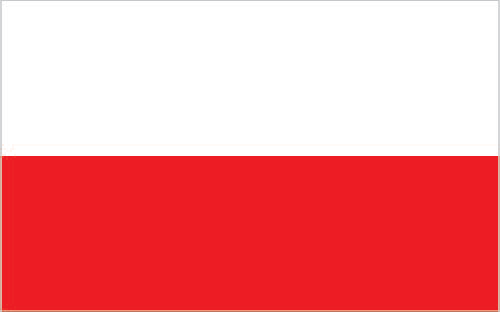
Poland's history as a state begins near the middle of the 10th century. By the mid-16th century, the Polish-Lithuanian Commonwealth ruled a vast tract of land in central and eastern Europe. During the 18th century, internal disorders weakened the nation, and in a series of agreements between 1772 and 1795, Russia, Prussia, and Austria partitioned Poland among themselves. Poland regained its independence in 1918 only to be overrun by Germany and the Soviet Union in World War II. It became a Soviet satellite state following the war, but its government was comparatively tolerant and progressive. Labor turmoil in 1980 led to the formation of the independent trade union "Solidarity" that over time became a political force with over ten million members. Free elections in 1989 and 1990 won Solidarity control of the parliament and the presidency, bringing the communist era to a close. A "shock therapy" program during the early 1990s enabled the country to transform its economy into one of the most robust in Central Europe. Poland joined NATO in 1999 and the European Union in 2004. With its transformation to a democratic, market-oriented country largely completed and with large investments in defense, energy, and other infrastructure, Poland is an increasingly active member of Euro-Atlantic organizations.
coal, sulfur, copper, natural gas, silver, lead, salt, amber, arable land
arable land: 35.49%
permanent crops: 1.25%
other: 63.26% (2011)
38,346,279 (July 2014 est.)
country comparison to the world: 35
Polish 96.9%, Silesian 1.1%, German 0.2%, Ukrainian 0.1%, other and unspecified 1.7%
note: represents ethnicity declared first (2011 est.)
Catholic 87.2% (includes Roman Catholic 86.9% and Greek Catholic, Armenian Catholic, and Byzantine-Slavic Catholic .3%), Orthodox 1.3% (almost all are Polish Autocephalous Orthodox), Protestant 0.4% (mainly Augsburg Evangelical and Pentacostal), other 0.4
Polish (official) 96.2%, Polish and non-Polish 2%, non-Polish 0.5%, unspecified 1.3%
note: Kashub is recognized as a regional language under the European Charter for Regional or Minority Languages (2011 est.)
definition: age 15 and over can read and write
total population: 99.7%
male: 99.9%
female: 99.6% (2011 est.)
Warsaw
republic
11 November 1918 (republic proclaimed); notable earlier dates: 966 (adoption of Christianity, traditional founding date), 1 July 1569 (Polish-Lithuanian Commonwealth created)
Constitution Day, 3 May (1791)